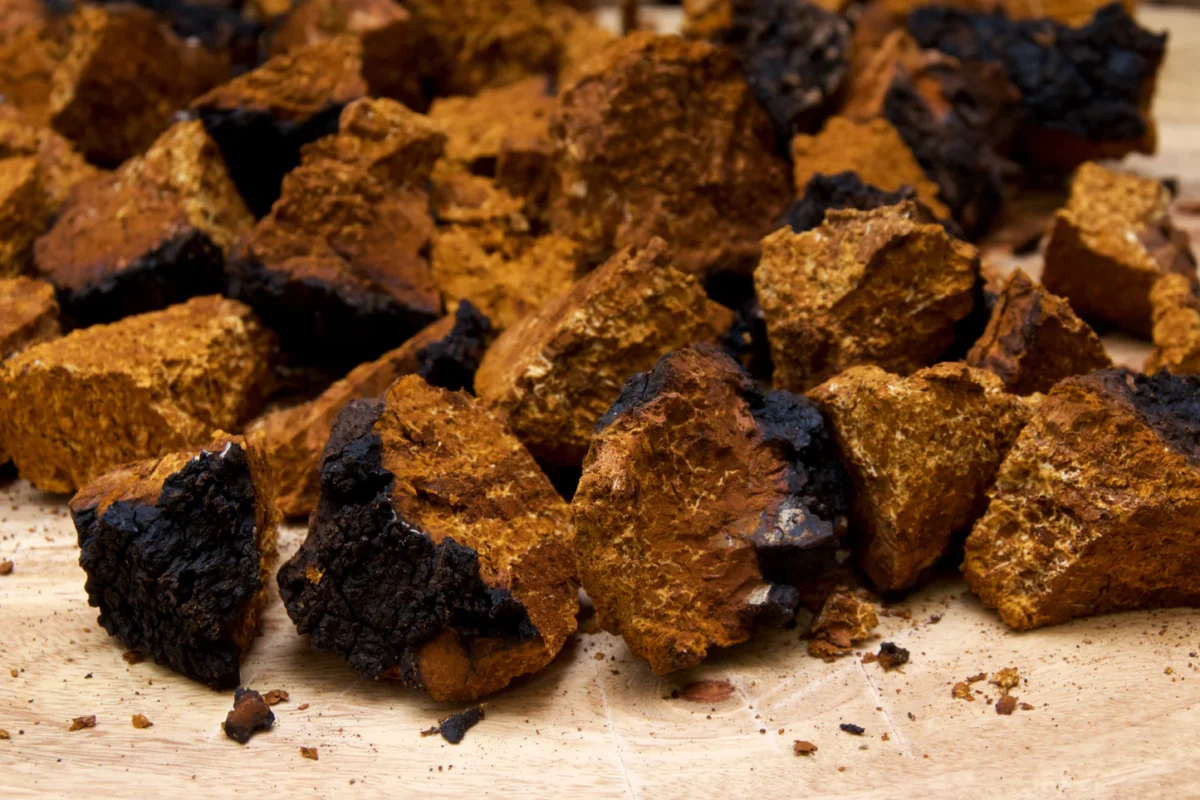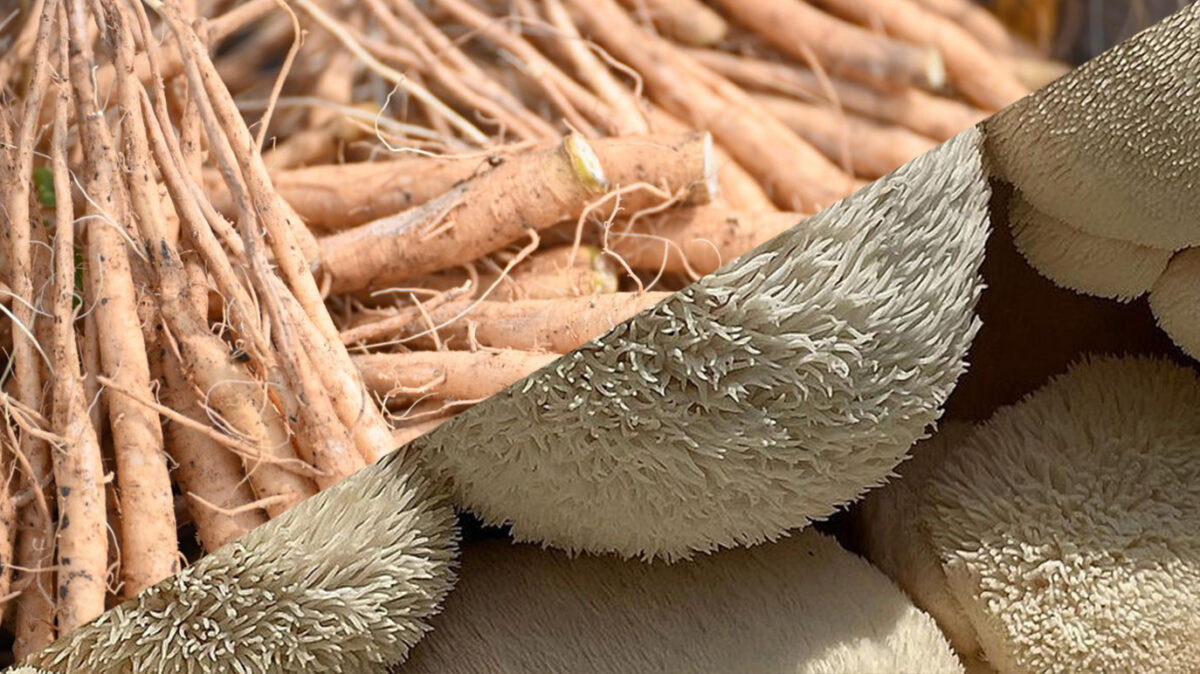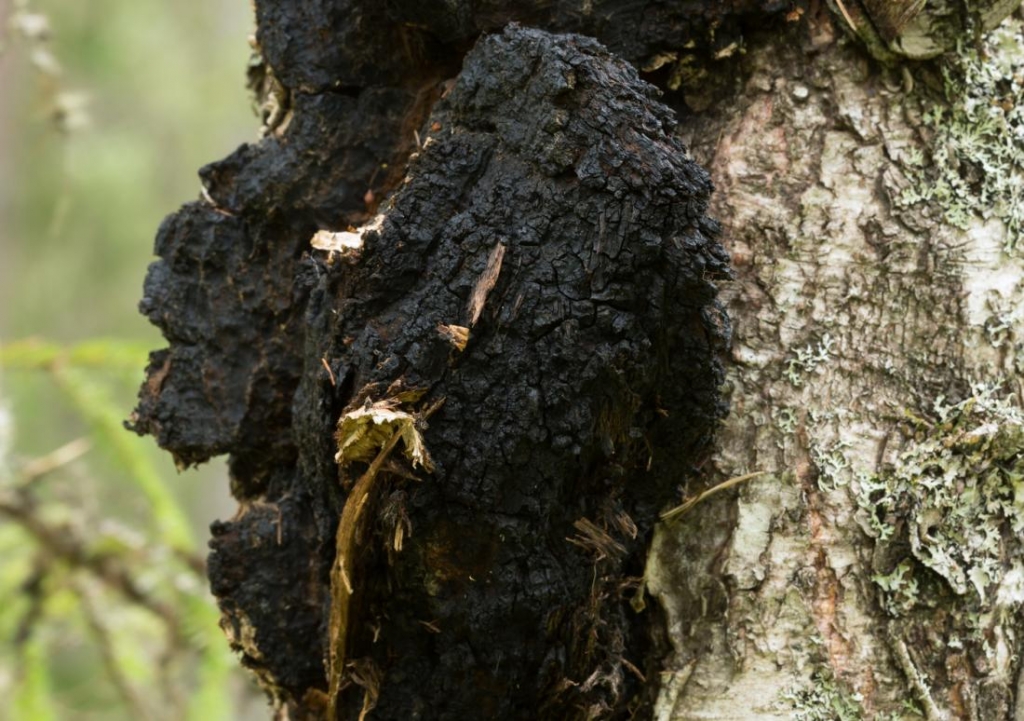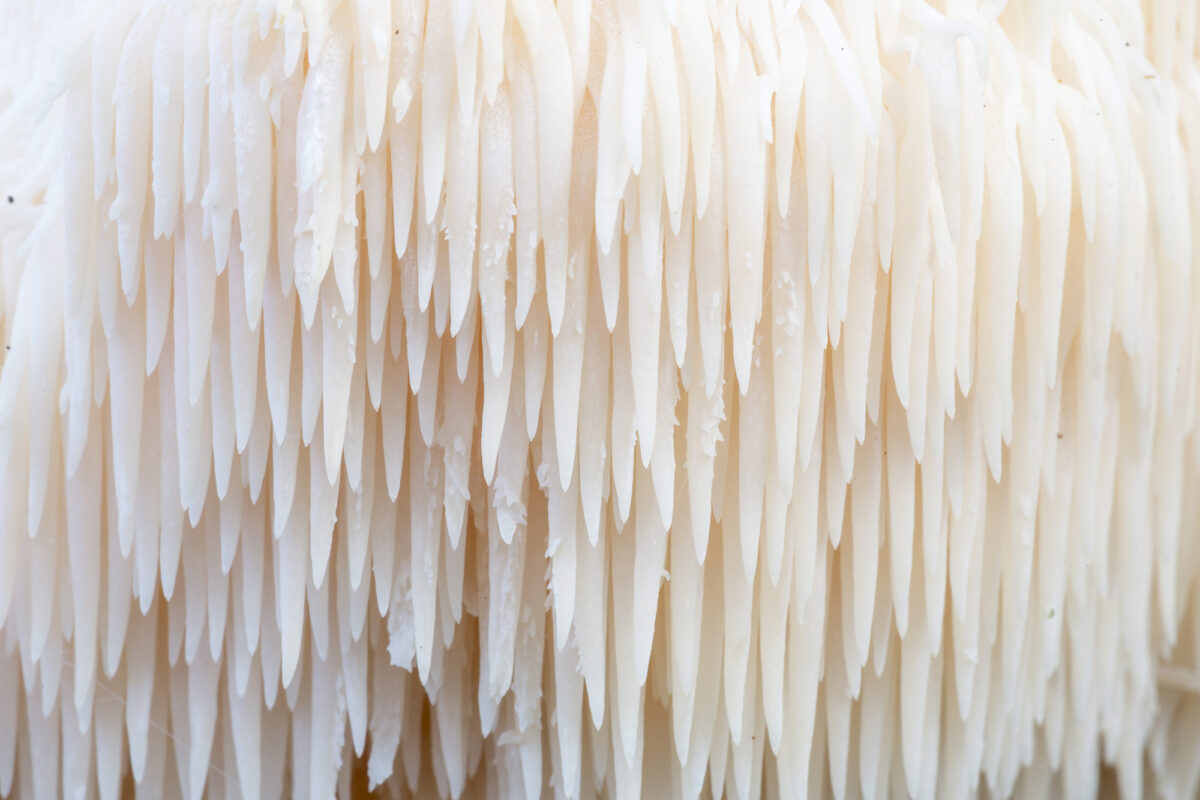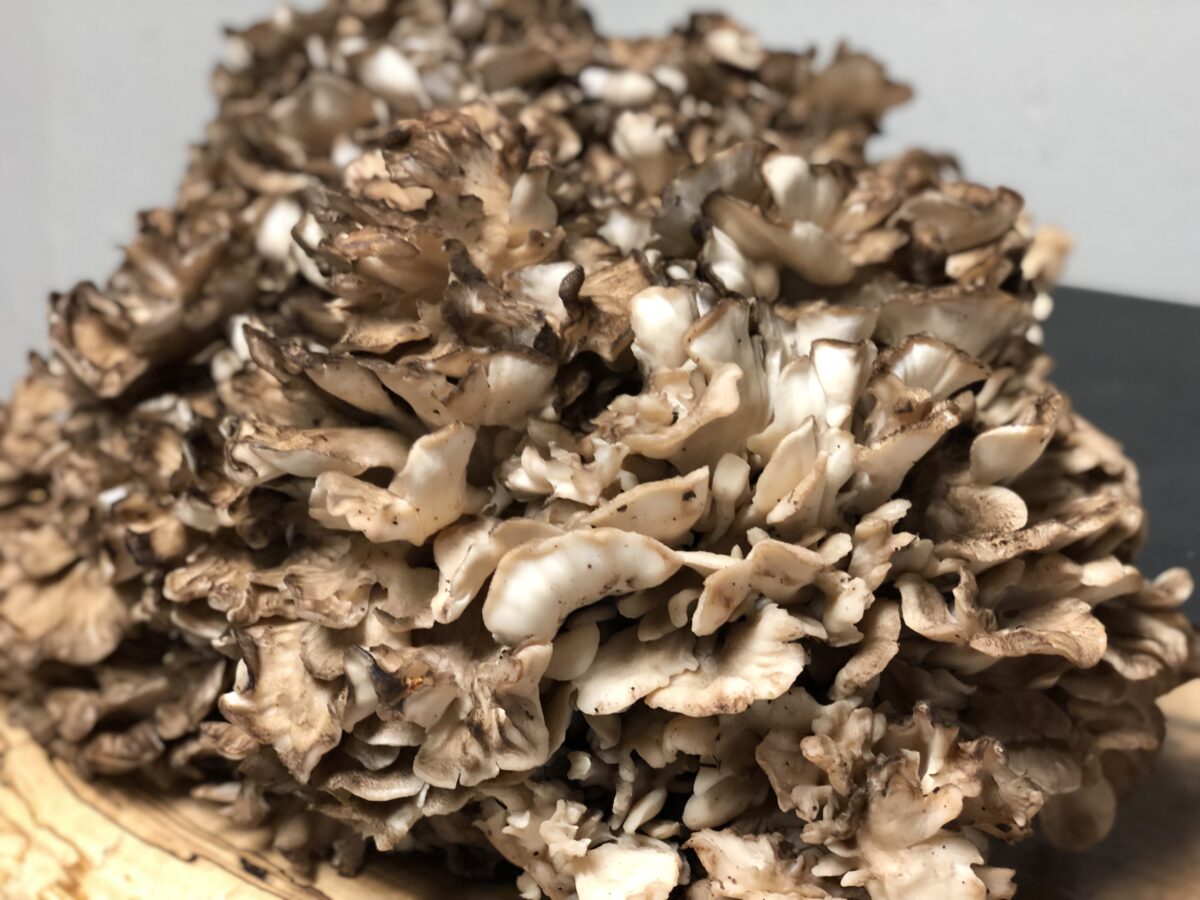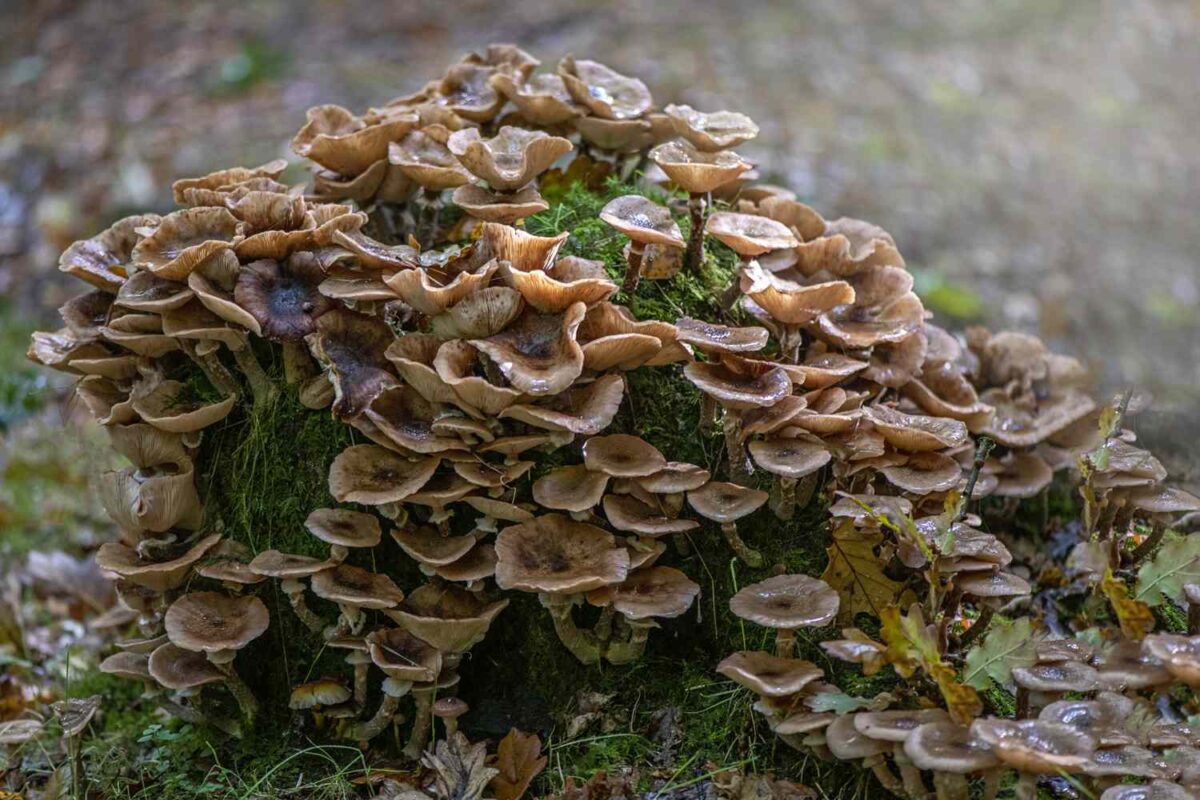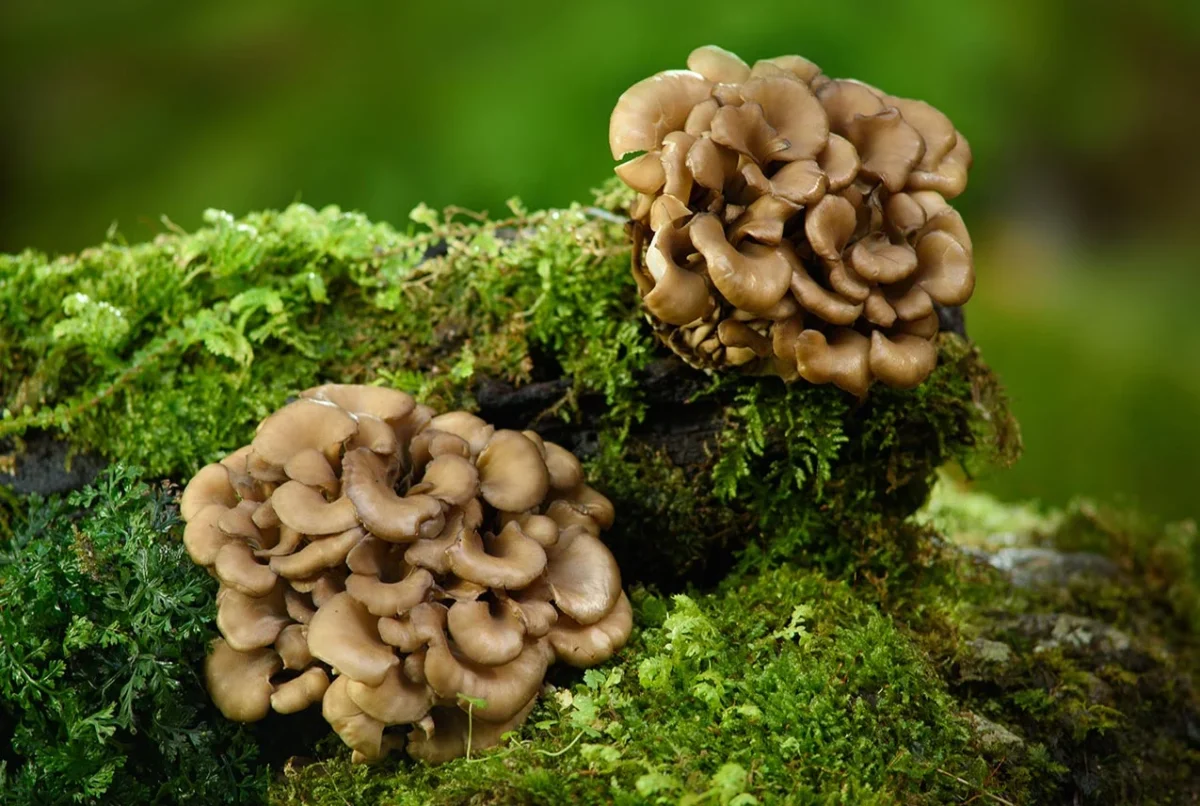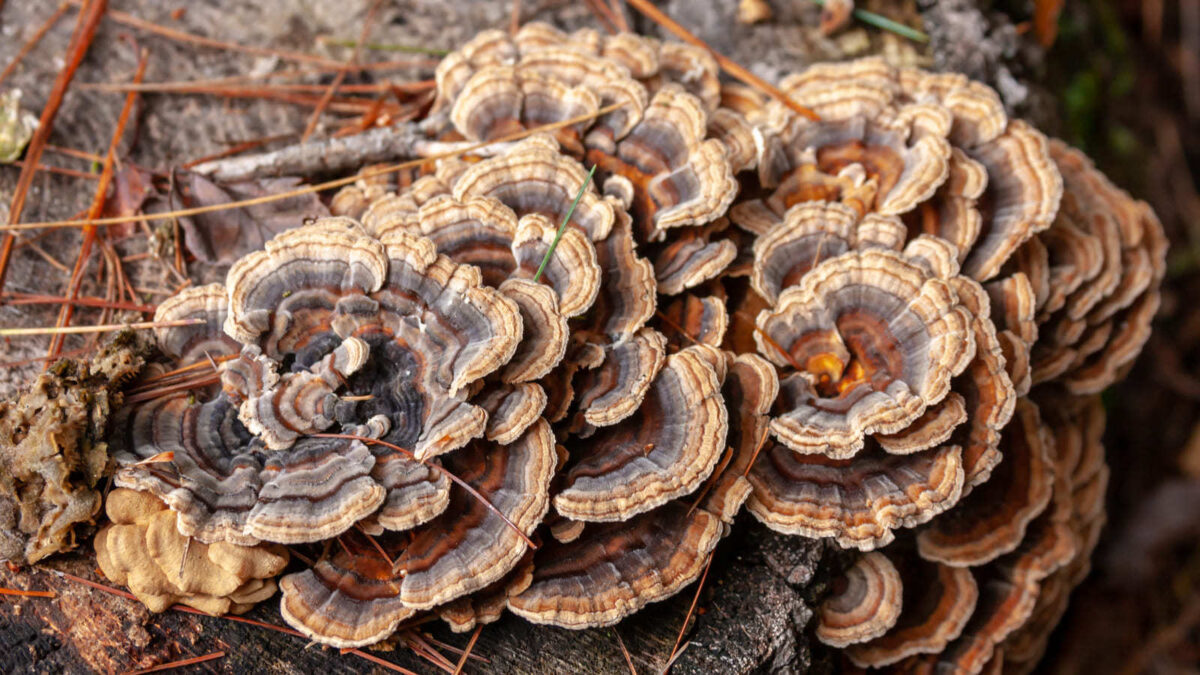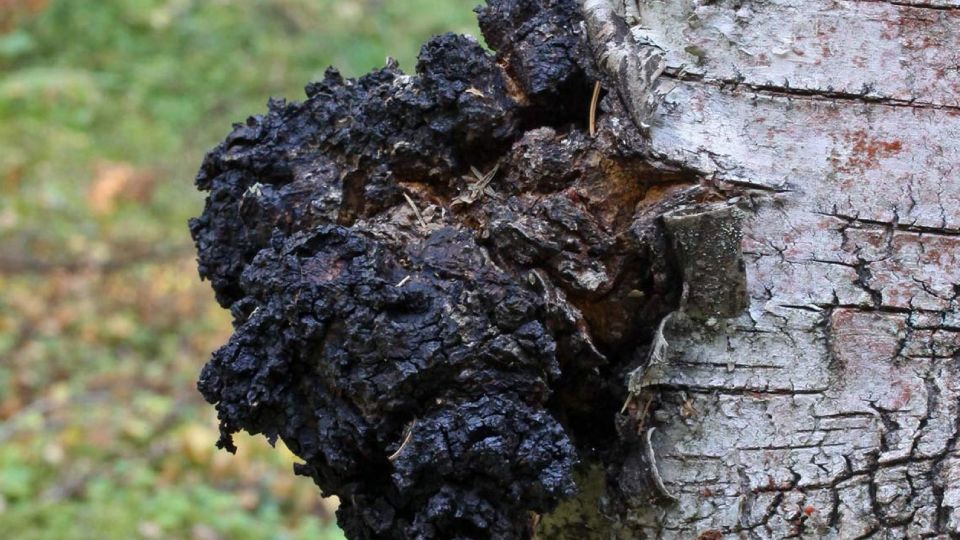The Healing Potential of Chaga
Chaga is a popular type of fungi that is typically found growing on birch trees. It is normally found in colder climates such as those in northern Europe, Asia, and North America. Unlike a lot of other popular mushrooms, Chaga doesn’t resemble the traditional mushroom shape. When it is spotted, it almost looks like it could be a part of the tree. It appears as a dark, hard mass, almost resembling charcoal or as if a part of the tree was burned. Despite its unusual appearance, Chaga has seen significant use for centuries in many different cultures for its potential medicinal properties.


